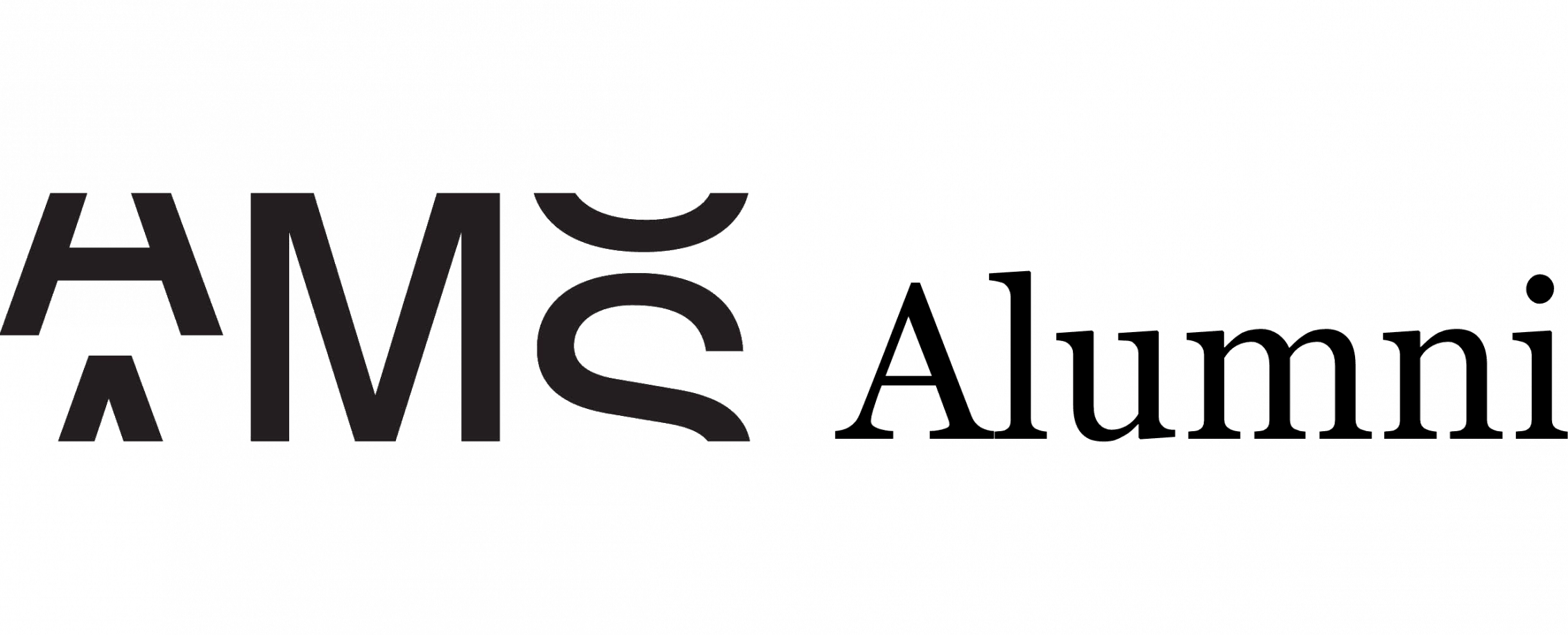From coffee machine chitchats to avatars and back again
Hybrid work is becoming the new normal. Technology has a role to play, but how well can it keep us connected in a world of physical distance?
As from June 9, we are allowed to go back to the office, albeit in a limited way. This does not mean that the distance between coworkers in the post-COVID world will be gone completely. All recent surveys (e.g., by Liantis & iVox, LAMMP, Deloitte and Microsoft) indicate that different groups are being formed: workers who want to go back to the office every day (20% on average), workers who want to continue working from home every day (also 20% on average), and everyone in between.
Zoom and similar digital technologies let people stay connected despite physical distance. Meanwhile, those technologies are not only being used for meetings, but also for hosting digital team-building activities such as quizzes or wine tastings. Yet, it seems that these digital meetings simply cannot replace face-to-face meetings. To quote another recent opinion piece, “it is the lack of human warmth and group creativity that is hurting the most”.
What is missing above all is spontaneity
Perhaps to some extent, meetings and planned interactions can be moved online. Reading nonverbal cues during online meetings may be a bit more challenging, but still, we can share screens, see each other, and interact. What is missing above all is spontaneity. The current crisis of connectedness has mainly to do with the disappearance of informal communication. The chitchat at the coffee machine five minutes before the meeting, the just dropping by instead of sending an email, the small talk during team-building activities. Research shows that this unplanned interaction is the key to the sense of belonging we so desperately need. What's more, it can also lead to higher performance and innovation.
The current crisis of connectedness has mainly to do with the disappearance of informal communication.
Companies, meanwhile, have noticed this as well and are increasingly responding with creative solutions. One team member, for instance, had a Google Meet open all day, so that anyone could 'drop by', just like in a normal office situation. This idea is at the root of the numerous virtual platforms that are emerging. Inspired by the gaming industry, virtual platforms such as Gather.town, Wonder.me, Sococo, WorkFrom, etc. are growing more popular every day.
Avatars
For those unfamiliar with virtual platforms: the common idea is that you move through a self-designed space as an avatar or image. That space may be modeled on your physical office, with the same desk islands, meeting rooms, cafeterias and even the coffee machine where you can chitchat. In this space, you and your avatar can simply drop by a coworker's office, catch up and even have a Friday afternoon office cocktail together. Companies can also let their imagination run free and transform the office into, e.g., a castle or a forest.
But why wouldn’t Gather.town cause screen fatigue as well? It has something to do with the difference between digital and virtual. Simply put, digital involves the conversion of analog signals to a digital environment, and nothing more. In a Zoom meeting, image and sound are displayed digitally. Virtual environments take things to the next level. They are real environments, fantasy worlds, in which we immerse ourselves. In a virtual world, we no longer look at people on a screen from our living room or office: we are together in the same space. This is what behavioral scientists call a sense of ‘presence' (existence).
"We do not know much about presence. Particularly in a virtual work environment, this state of mind needs further research."
Elizabeth Behm-Morawitz defines presence as the feeling that the virtual world is real, rather than mediated. This is influenced by the degree to which individuals can psychologically and sensorially immerse themselves in a virtual environment, and by the technological features of those virtual environments. Thus, environments can be designed to give us a higher sense of presence, while maintaining an individual component.
Platform overload
It seems as if technology will have an important role in the workplace of the future, as we will need to connect different groups of workers who are more, or less, working from home or at the office. Virtual platforms have particularly high potential in this, since they manage to facilitate more spontaneous and informal communication and create a deeper sense of belonging. However, the overload of digital and virtual apps makes it hard to keep an overview.
There are also questions about the inclusiveness of these platforms and virtual behavioral code. As we are moving toward the 'new normal' of hybrid work, we need to map and optimize these platforms. Once the novelty has worn off, playtime will be over too, and companies must consider when and how to leverage a virtual environment to support the diverse workforce of the future in their individual needs, without losing connectedness.
Discover the chair on Behavioral Insights in Real Estate - LAMMP
About the authors:
Shirley Kempeneer: Holder of the LAMMP Chair for Behavioral Insights in Real Estate at Antwerp Management School and assistant professor at Tilburg University
Sarah Desmet: Researcher Real Estate and Next Generation Work at Antwerp Management School

comments0
You don't have the rights to read or add a comment.
Suggested Articles


